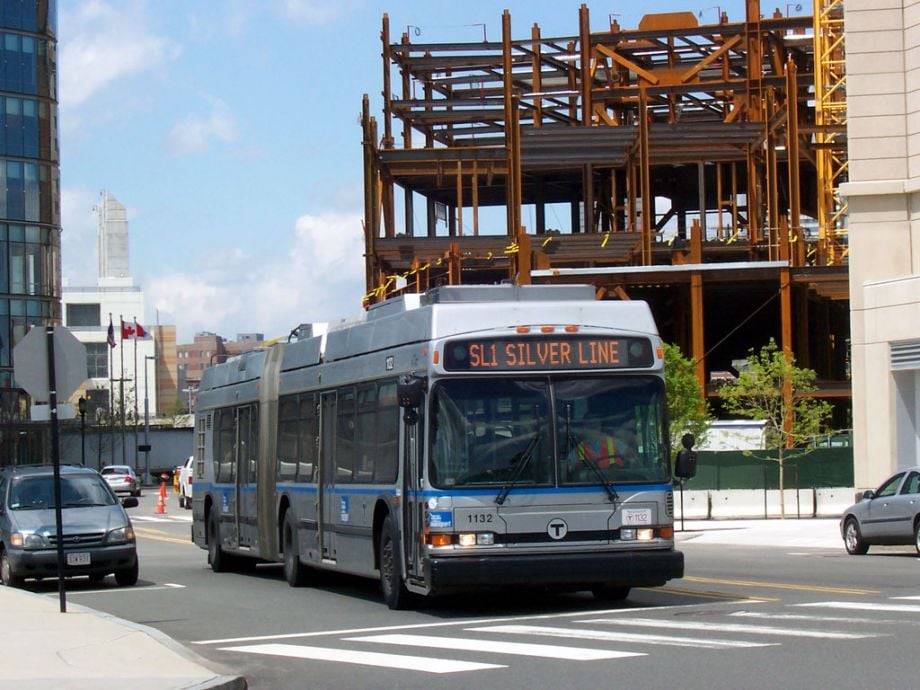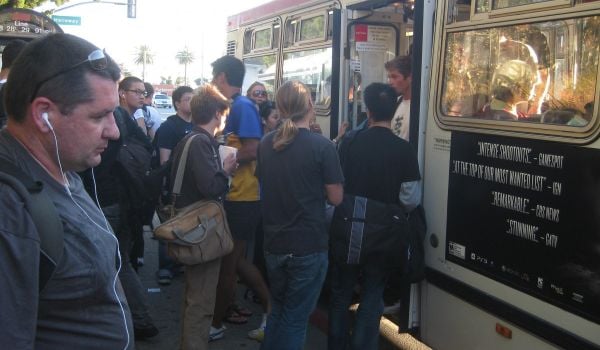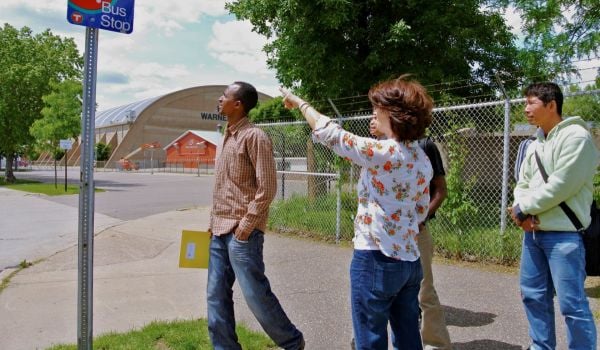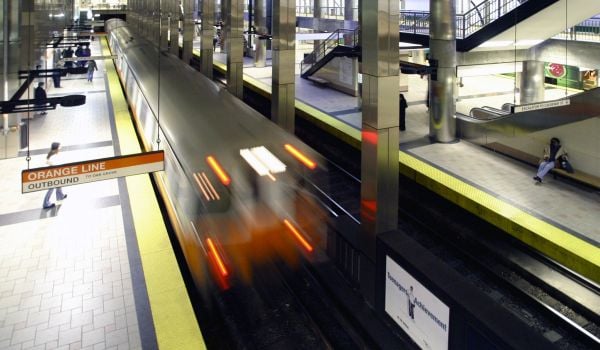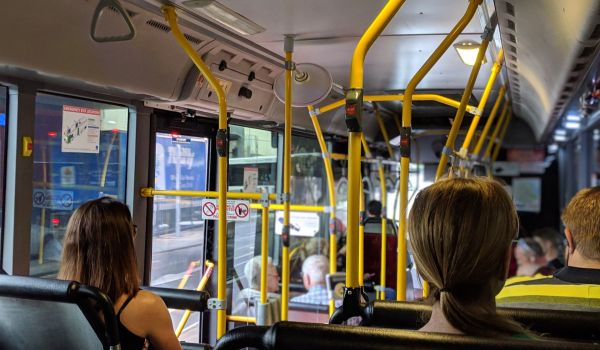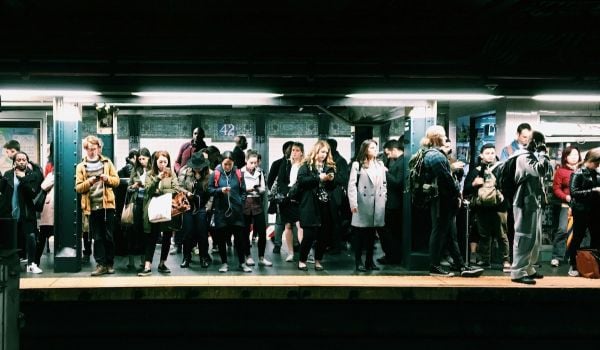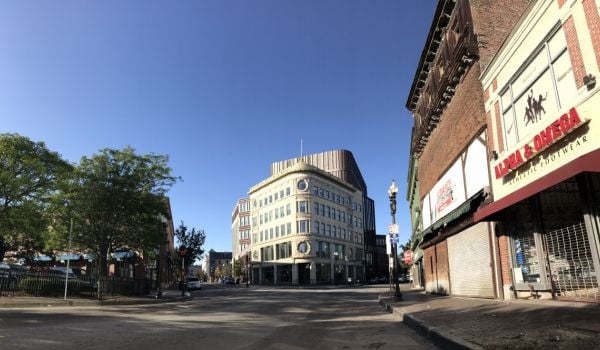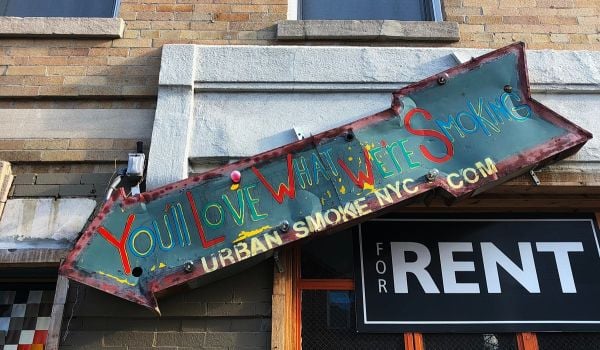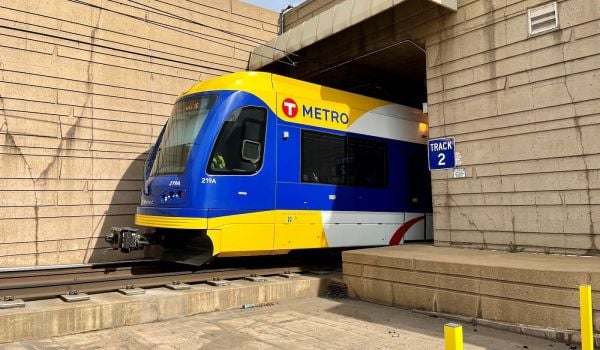On Wednesday, Boston bus riders got a chance to start trying all-door boarding along parts of the Silver Line.
A pilot program on several routes between Dudley Square and downtown runs until June 6 and is the result of a partnership with the city, Boston BRT and the Massachusetts Bay Transportation Authority (MBTA).
According to a release, the routes boast some of MBTA’s highest ridership numbers, carrying about 14,000 passengers on an average weekday:
Two-thirds of the delay on the SL4 and SL5 comes from the amount of time it takes for riders to get on and off the bus. Riders currently only board through the front door, in a single file line, paying as they get on the bus. The time it takes each person to pay (using Charlie Cards, Charlie Tickets, dollar bills, or coins) creates wait time at each stop that adds up over the course of a ride. The Silver Line Better Bus Experience will test all-door boarding as a proxy for the off-board fare collection process that makes BRT boarding and exiting work like a subway train.
The buses will also experiment with dedicated lanes and transit signal priority, which is “intended to minimize the time buses spend stopped for red lights,” according to local ABC station WCVB.
“During the demonstration, volunteers will survey riders to gather information about how the changes affect the commuter experience,” the station reports.
Beyond Boston, all-door boarding is seen by many transit experts as a way to boost bus ridership, which is declining in some of America’s largest cities.
“Buses have become less reliable and slower over the years,” Alex Engel, National Association City Transportation Officials (NACTO) senior program associate, told Next City contributor Josh Cohen in February. “It’s partly because traffic has increased. But one of the main things we identified was boarding time. One-third of a bus’s time on route is spent waiting for people to board. A lot of that is fare collection.”
According to a report released by NACTO and TransitCenter, “bus operators in the U.S. spend a cumulative six million hours waiting at bus stops each year, which in turn costs agencies an estimated $700 million,” Cohen reported. “The delays make sense. If 20 people are waiting to board a bus at a popular stop and it takes each person five to nine seconds, that adds up to over three minutes of waiting. Multiplied over a whole route, it totals to significant delay.”

Rachel Dovey is an award-winning freelance writer and former USC Annenberg fellow living at the northern tip of California’s Bay Area. She writes about infrastructure, water and climate change and has been published by Bust, Wired, Paste, SF Weekly, the East Bay Express and the North Bay Bohemian
Follow Rachel .(JavaScript must be enabled to view this email address)

